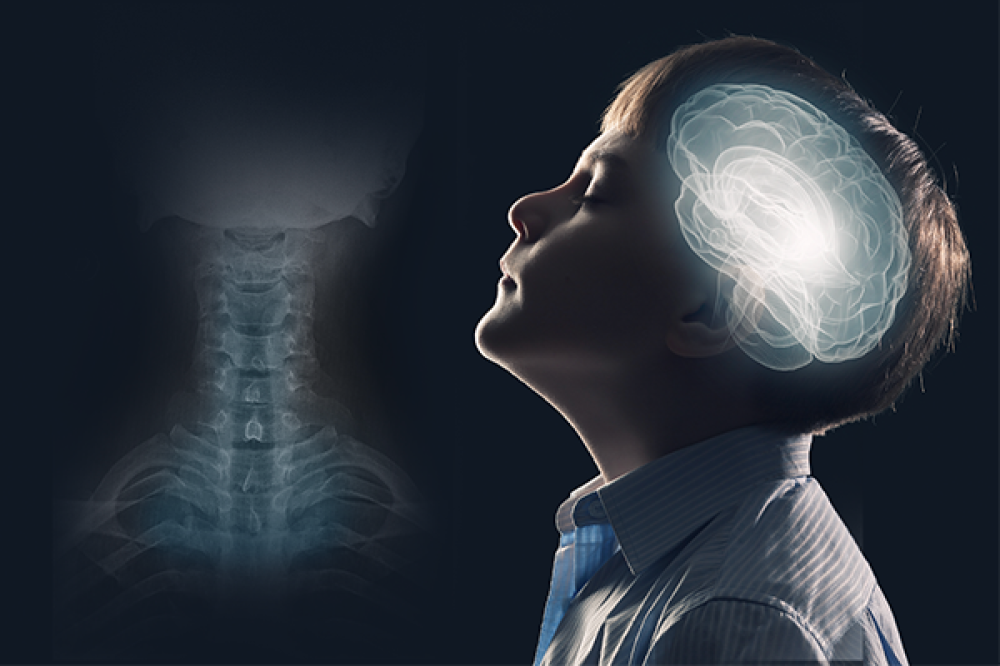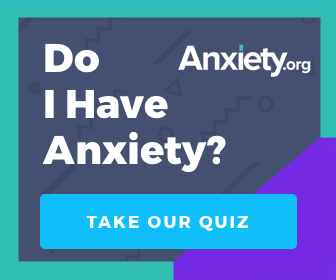- SGB can help children suffering from PTSD
- Children 12 years of age or older
- SGB “re-boots” the brain like a computer
The Stellate Ganglion Block procedure (SGB) appears to be therapeutic in children with PTSD.
SGB is an anesthetic procedure that has been performed since 1925 and is considered a low risk pain procedure done under x-ray guidance. An SGB procedure consists of anesthetizing the “fight or flight” nerve center called the stellate ganglion located in the neck. The procedure takes about ten minutes and is fast acting, with a noticeable change in mental state occurring within 30 minutes. Many patients are sedated for the procedure so pediatric compliance is not a problem.
A Case History
The first time a child was treated for PTSD with SGB was 2013 and reported in 2015. The author has treated 12 children to date with PTSD by using SGB (unpublished data). An excerpt from the 2015 report follows:
“The focus of this report is a 12 year old female with PTSD. She initially presented on a medication regimen consisting of lithium 1200 mg, Abilify 5 mg, and Tenex 3 mg. The patient received a single SGB. Following the block, she reported significant relief of her symptoms and was able to reduce her medications by 80%. Two months following the initial SGB, the patient was sexually attacked at a shopping mall. She was able to successfully push the perpetrator away and run for safety, but the event triggered a return of her PTSD symptoms. Therefore, a second SGB was performed four months after the initial block. The second SGB not only provided her marked relief of her PTSD symptoms, but led to the termination of any psychotropic medications. Patient’s change of function after SGB: The year prior to SGB, the patient was on a modified day of school, leaving at 12:30 pm every day. She also had a history of using profanity, fleeing the school grounds, destroying property, and fighting. Five months following SGB #1 and one month following SGB #2, the patient is in full day school, off all medications, and has had only minor incidents at school. She also made the volleyball team.“
How Does It Work?
A number of similar reports focusing on adults have appeared in medical literature, yet this was the first documented use in a pediatric population with a documented response. The presumed mechanism of the effect is the following: blockade of the sympathetic nervous system leading to rapid reduction of norepinephrine (NE) levels, where extra sympathetic neuronal growth, called nerve sprouting by neuroscientists (which has been shown to develop after trauma), is reversed or “pruned. This reduction of sympathetic nerves reduces NE ( the main “fight or flight” neurotransmitter). Finally, NE reduces over activation of the amygdala (being the brain center of PTSD) leading to reduction or elimination of symptoms. The last has been shown on positron emission tomography (PET) scans before and after SGB in PTSD patients in a 2015 publication.
A simpler way to explain this process is to describe it as a “re-booting” of the brain. The sympathetic nervous system is “turned off”, allowed to “rest”, then is “re-booted”, which restores its function to its pre-trauma state. The author has drawn an arbitrary age limit on the children with PTSD of 12 years of age; a small cohort of kids under 8 did not seem to have any response. Historically, SGB has been done on an 18-month, 25-pound child with vascular problems in the hand, thus SGB use has been established even in the very young.
Overview of PTSD
Post-Traumatic Stress Disorder (PTSD) develops in response to being exposed to extreme stress, serious injury, and/or sexual trauma. PTSD is not age-bound; it can strike the very young as well as adults. It is estimated that five percent of the adolescent population experience PTSD and is much more prevalent in later teen years than earlier. The symptoms of PTSD present themselves as an assortment of psychiatric conditions: nightmares, severe anxiety, depression, insomnia, hyper-vigilance and over reactivity – and child victims exhibit lack of attachment to their parents. If not treated successfully early, these debilitating symptoms may persist for a lifetime leading to ruined lives, suicides and host of medical problems.
Conclusion
Selective blockade of the right stellate ganglion at C6 level (SGB) is a safe and minimally invasive procedure that may provide durable relief from PTSD symptoms in the pediatric population, allowing the safe discontinuation of psychiatric medications. To the best of the author’s knowledge, this is the first medical literature report of the successful treatment of pediatric PTSD by utilizing SGB. It appears, based on a limited sample, that children over the age of 12 have a similar response to SGB as adults.
Sources
Lipov E (2015) Positive Response to Treatment of Reactive Attachment Disorder (RAD) Patient and Pediatric Post-Traumatic Stress Disorder (PTSD) by Utilizing Stellate Ganglion Block (SGB): A Case Series of Two Patients. J Trauma Treat 4:266. doi:10.4172/2167-1222.1000266
Dr. Eugene Lipov is a board-certified anesthesiologist who specializes in pain management. After completing an M.D. at the Feinberg School of Medicine at Northwestern University in 1984, he went on to complete advanced anesthesiology training at the University of Illinois at Chicago and at Rush University’s Medical Center. He has specialized in interventional pain medicine for more than 28 years, and was the founding member and first president of the Illinois Chapter of the American Society of Interventional Pain Physicians (ASIPP). He concurrently serves as Director of Research at Northwest Community College and as Medical Director of Advanced Pain Centers, which received the 2007 Chicago Innovation award. Dr. Lipov is also the Founder and Chief Medical Officer of The Stella Center, whose mission is to offer relief to trauma and related symptoms by providing safe, convenient, and comfortable patient access to the Stellate Ganglion Block procedure.
In 2007 Dr. Lipov pioneered the use of Stellate Ganglion Block for the treatment for post-traumatic stress disorder (PTSD). In 2010, he testified on PTSD treatment before the U.S. House Committee on Veterans’ Affairs. In collaboration with neuroscientists, he has become the world’s leading authority on the physiology of PTSD. He has published his findings on PTSD in Biological Psychiatry, Current Psychiatry, Military Medicine, Pain Research & Treatment, Psychiatric Annals, the Journal of Anesthesia & Clinical Research, the Journal of Trauma and Treatment, the Lancet and the World Institute of Pain. In addition, his work has been written about in the Wall Street Journal, the Los Angeles Times, the Chicago Tribute, USA Today, Wired, Playboy, Univision, Stars & Stripes, and it has been featured on ABC, NBC and WGN.



